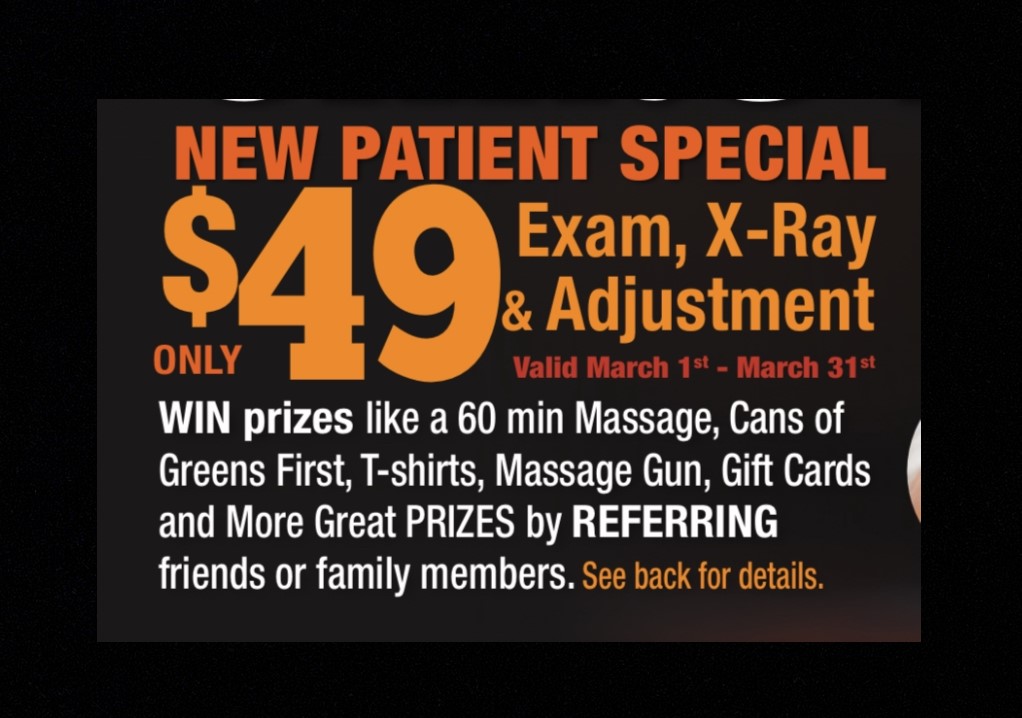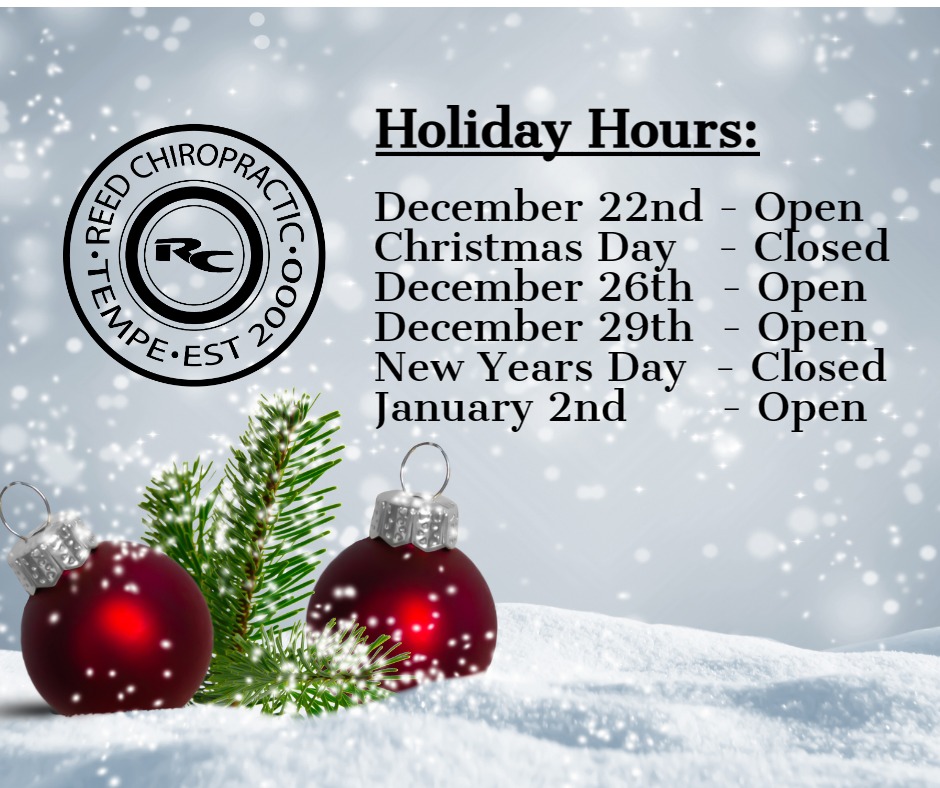Herniated Discs and MRI reports
Many times, patients come in to our offices after auto accidents or sports injuries with complaints of burning, numbness, tingling, or lingering pain that will just not go away. When patients present with these types of complaints, it cues the doctor to problems involving the nerves, nerve roots and spinal cord. One such problem that can demonstrate these symptoms is the presence of a herniated disc. Before we go into the subject of herniated disc and MRI reports, we must look at what is a herniated disc.
The definition of a herniated disc may come in a variety of words—most of which are in another language and no one understands; furthermore, not all terms mean herniated disc! In layman’s terms a herniated disc can be similar to a jelly doughnut. The inner portion of the disc (nucleus pulposus) would be represented by the jelly and the outer part of the disc (annulus fibrosis) would be the dough. Just like a baker wants the jelly to stay on the inside, so do you! When a disc is herniated, it means that the nucleus pulpous (jelly) is outside of the doughnut. This comes in a few flavors.
- Protrusion/Extrusion: when you read these words on an MRI report, it is a sub-type of herniated disc. It means that it is just pointing in a certain direction.
- Sequestered: This is another type of herniated disc where part of the disc has actually broken off and there is an unattached floating piece of disc material.
Some other terms that are related but do not signify herniated disc include:
- Bulge: a bulging disc is not a herniated disc—or at least not a recent one. When a radiologist’s report says, “bulging disc,” what they are saying is essentially that there was previously a herniated disc at that level a long time ago. The process occurs as such: a disc herniates; 6 months to a year later, bony spurs begin to form in order to stabilize the area; some of the disc will “resorb” or go back in. The slightly healed herniated disc is now called a bulge.
- Annular tear: an annular tear is a tear in the outer part of the disc. There are two types, radial and circumferential. A circumferential tear goes with the grain of the annulus (dough of the doughnut) and may exist without the presence of a herniation; however, a radial tear goes against the grain of the annulus (dough of the doughnut) and will always be present with a herniation.
Many people worry and are afraid of immediate surgery. While surgery may help a herniated disc( at least in the short term), not all herniated discs are immediate surgical candidates; furthermore, there are other options for treatment of an acute herniated disc, including: decompression, traction, chiropractic adjustments, steroid injections, and nerve blocks. We always suggest trying the least invasive treatment like Chiropractic first, and moving to more invasive treatments if they are not successful. We like our patients to know that they can always have surgery later, but if they go straight to surgery there is no going back. For any additional questions you may have about your specific condition we always offer a free consultation to discuss your different treatment options.
For an appointment call your Tempe Chiropractor at 480-785-1355.
Reed Chiropractic 250 W. Baseline Rd. #107, Tempe, AZ 85283








